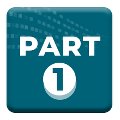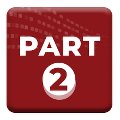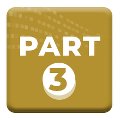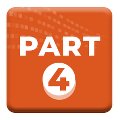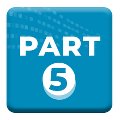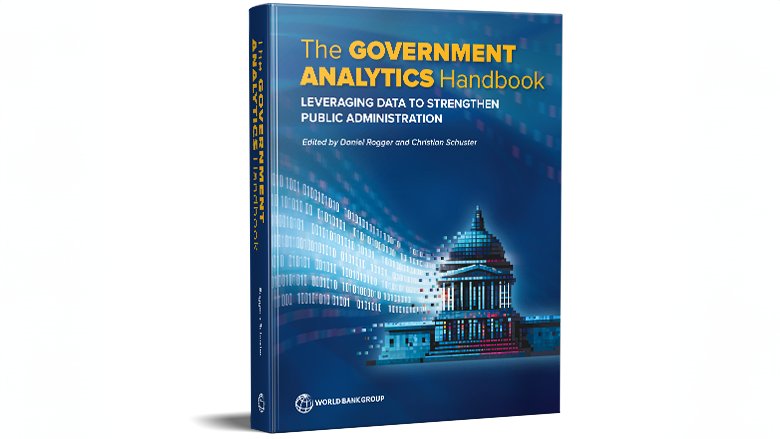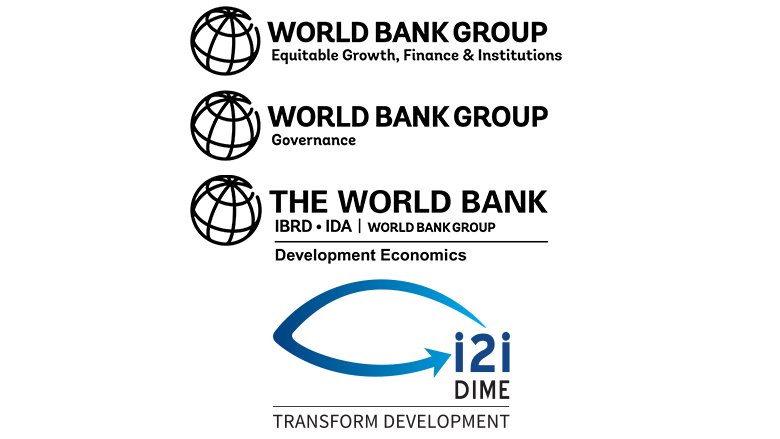About
Governments across the world make thousands of personnel management decisions, procure millions of goods and services, and execute billions of processes each day. They are data rich. And yet, there is little systematic practice to-date which capitalizes on this data to make public administrations work better. This means that governments are missing out on data insights to save billions in procurement expenditures, recruit better talent into government, and identify sources of corruption, to name just a few.
The Government Analytics Handbook seeks to change that. It presents frontier evidence and practitioner insights on how to leverage data to make governments work better. Covering a range of microdata sources��such as administrative data and public servant surveys��as well as tools and resources for undertaking the analytics, it transforms the ability of governments to take a data-informed approach to diagnose and improve how public organizations work.
Main Messages
- Firms are capitalizing on innovations in data science at an unprecedented scale to improve their internal operations, but many governments are lacking behind. This book introduces government analytics �C how governments can repurpose their data and records to diagnose public administration and boost public sector productivity.
- A wealth of approaches and data sources are available to governments for analytics to identify evidence-based improvements. Many of these approaches rely on data that governments already collect as part of their day-to-day operations
- Government analytics can be undertaken with at least three types of data: administrative data from government entities (such as procurement data); surveys of public servants; and external assessments (such as household surveys or anthropological assessments).
- Which data source is appropriate for analytics depends on what aspect of public administration an organization is seeking to diagnose and improve. Some data sources are better suited to assessing inputs into public administration, such as payroll data assessing the costs of different personnel. Some data sources are better suited to assessing the processes, practices, and cultures that convert inputs into outputs, such as surveys of public servants assessing perceptions of management in government. And some data sources are better suited to assessing the outputs and outcomes of public administration, such as citizen satisfaction surveys.
- Frontier government analytics integrates different data sources and makes insights accessible to managers across government organizations. For instance, dashboards integrating data sources and updating in real time can provide managers with insights into staffing issues, quality of management, task completion rates and case productivity, among many. Comparative data can allow benchmarking with other government organizations, or where appropriate, other countries. The result is a transformational change, with managers integrating analytic insights with their tacit understanding of their organization to drive continuous public administration improvement.
- Governments can advance government analytics by creating government analytics units at the center of government and within each major organization. Centralized units enable economies of scale in analytics, a common data architecture and government-wide benchmarking. Units within organizations can complement central analytics by helping interpret analytics for their organization, and adapting analytics tools to particular organizational needs.
Main Messages: | | | | |

